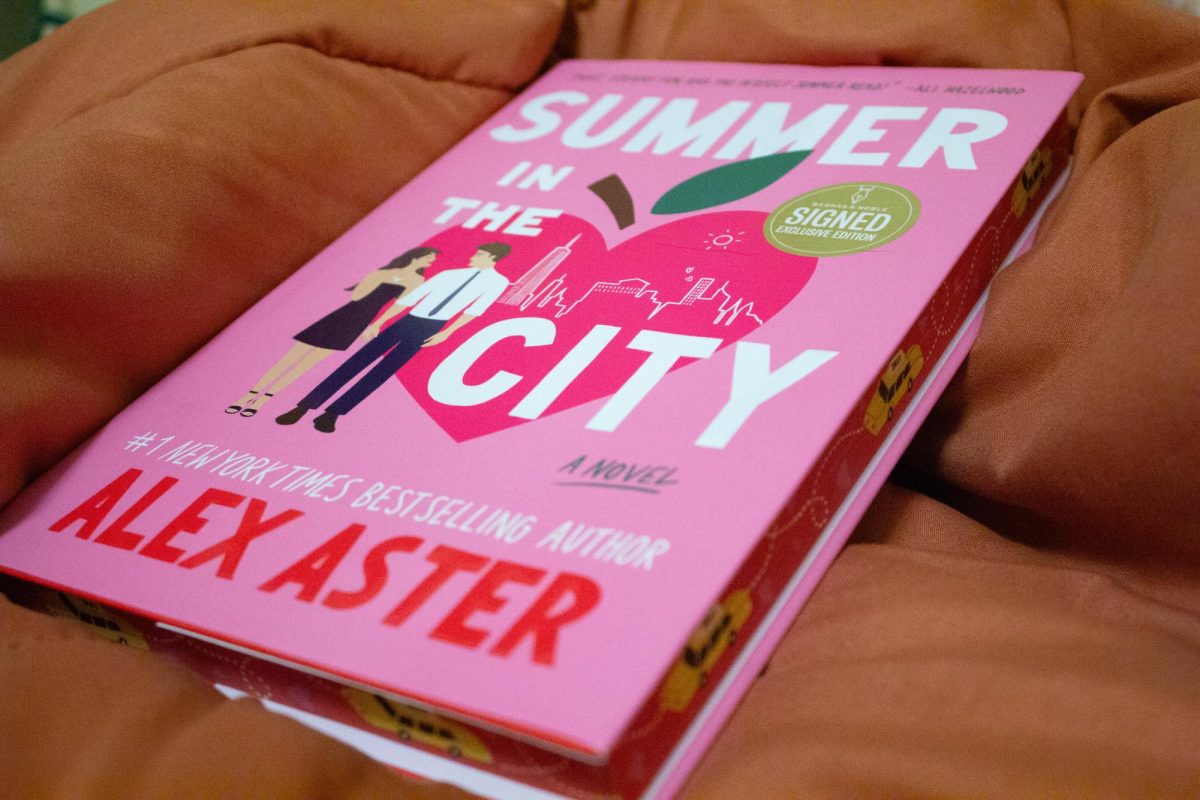I was aware of “Avatar: The Last Airbender” when I was a kid, but never ventured to watch it. The little I saw of it just never interested me.
Flash forward to this past September when my boyfriend, who did grow up with the show, asked if I would be interested in watching it. Although I was a bit skeptical, I said yes, as I wanted to give something new a chance. Now I’m extremely glad I did, having just finished the series a few weeks ago. Aang and the gang have made an “Avatar” fan out of me.
Although I’m certainly late to the party, and am not an expert on the series by any means, I’ve seen enough to say confidently that a live action remake – which is slated to premiere on Netflix in February – is not only unnecessary, but a complete misjudgement of what makes the original series as fantastic as it is.
For those unfamiliar, “Avatar: The Last Airbender” is an animated series that ran on Nickelodeon from 2005-2008. It follows the story of a twelve-year-old boy, Aang, who is destined to master the four elements – air, fire, water and earth – in order to stop the all-powerful Fire Nation from continuing to wage war. Alongside him on his journey are a pair of siblings, the daring Katara and her witty brother Sokka, adorable animal friends Momo and Appa and a handful of other allies. So just to be clear, these are not the blue guys. That’s the other one.
If that sounds convoluted at all, know that I went in with the same fear. Ultimately though, the show is generally pretty easy to follow. I don’t think you need to know every bit of lore to enjoy it. After all, the series was originally made for children.
In almost every other way however, “Avatar” soars above and shatters perceptions of the traditional “kids show.”
The balance of an ongoing, serialized story with light-hearted comedic adventures is expert, and established a proof of concept for other series to do the same, such as Disney’s “Gravity Falls” or Cartoon Network’s “Steven Universe.” Season one offers a gentle introduction to the idea, with entries that are mostly episodic with some serialized elements, which I found a soft spot for, as they felt very 2000s Nickelodeon. Season two masterfully flips this, leaning more heavily into the serialization while still offering a plentiful portion of light-hearted fun.
The show’s ability to do this so seamlessly cemented its artistry and competency for me. The season only continued to impress as it went on, managing to unfold this rather dark and hardcore story in a way that was both hopeful and approachable for any audience. There’s some pretty heavy stuff going on – since they’re, you know, in the middle of a war – but the content is handled in such a way that feels both sensitive and trusting of its target audiences’ ability to digest what’s happening.
The story itself is extremely unique while still paying homage to inspirations from Eastern culture and ideals. To take that sort of classic prophecy story and frame it around children opens the door for so many new angles and challenges: not only do Aang and his friends have to take down a regime destroying the world, they also have to deal with the usual challenges of growing up.
Each member of the expansive cast of characters brings something different to the table, creating an eccentric roster of heroes to root for and enemies to despise. Great lengths are taken towards diversity and empowerment, specifically for women and individuals with disabilities. Rarely have I seen a show, for adults or children, that goes as far beyond the PSA episode to infuse lessons into character’s arcs or stories as this one. We’re not just told that “girls can do anything boys can do.” Katara shows us this throughout the entirety of the series.
I’m not even going to touch on Zuko’s arc, who is the prince of the tyrannical Fire Nation, because enough people have already addressed its brilliant execution. Instead, I’ll take the time to bring attention to Azula and Sokka’s, two that I feel deserve significant if not equal credit. I don’t want to delve too deep into either for spoiler’s sake, I’ll just say the way one of these characters rises and the other falls at their own hands is such adept and skillful writing. Of course Aang as well undergoes a profound arc about the nature of responsibility and the importance of staying true to your values. He is a worthy protagonist and excellent role model for the target audience.
There is so much attention to detail and quality in every element of the series. The fight sequences, and in turn the element-bending choreography, is so polished and well executed every time. The animation is rich with beautiful imagery and artistry, taking elements clearly inspired by traditional anime and blending them with those of classic American cartoons. Then, of course, there is the commitment to relevant and valuable messaging, the likes of which have become more and more of a rarity in kids shows. They explore complex ideas about honor, responsibility, self confidence and self respect – ideas sometimes difficult to explore even in adulthood – in thoughtful, personal ways that have value for everyone, not just kids. It doesn’t ever dumb anything down, it just approaches it from a perspective that kids can appreciate.
This devotion to its moral compass provides the backbone that the entire show is built upon. Yes, it’s a fun adventure with fun characters, but at the end of the day, it also stands for something: the importance of fighting for what you believe in without disregarding who you are. Adapting this backbone, or rather Netflix’s likely failure to do so, is likely going to be the reason the live-action show falls short.
A trailer is obviously not everything. They’re meant to only be a piece of the pie in order to preserve the surprises and outcomes of the full thing. That being said, they are supposed to represent some of what’s to come, particularly the vibe or feeling to expect from the finished product. If the trailer for Netflix’s “Avatar” is an accurate indication of the vibe to expect, it has completely misinterpreted the intentions of the original show.
This trailer is entirely focused on hyping up this big, epic story but shows few indications of having any of the principle philosophies that the original is built upon. It’s more or less a giant montage showing off all the beloved characters they’ve brought back with that epic thunderous music every trailer house includes in their previews.
You know what the original “Avatar” trailer is? A two minute explanation of each element leading into Aang and how he has to go on a journey to master them. That’s it. Virtually nothing about the actual story, but rather the driving force behind it: the elements. As soon as I watched it, I felt all of the heart and sincerity of the original show. When I watch the Netflix trailer, all I see are adaptations of the original characters that have been given the “Jason Bourne” treatment. It looks like Chris Pratt should be charging into battle with them.
This story is already a difficult thing to translate to live action when the animation is such a distinct part of its identity and the feelings it elicits. Netflix has seemingly managed to go a step further, not only ripping away that identity, but also any meaning and passion that was behind it. This trailer indicates to me that all they care about is the story and making it as “epic” as possible. What they fail to understand is that without those pillars on which the original show was built, all you’ve got is another random action adventure. Or maybe they do understand and just don’t care. Either way, needless to say, I don’t have very high hopes for this adaptation. It applies to far more than just “Avatar” at this point, but people need to learn when to leave things alone.
Also Momo and Appa look terrible.





